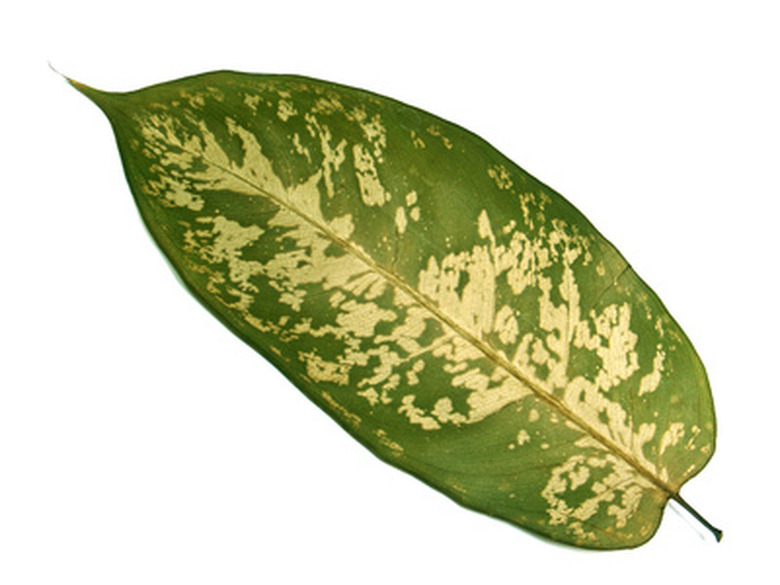How To Fertilize A Tropical Plant
Things Needed
- Balanced fertilizer
- Blossom booster fertilizer
A large percentage of houseplants have tropical origins. Whether you grow a split-leaf philodendron, a coleus, an orchid, Ficus benjamina or African violet, you're bringing a member of the tropical plant family into your home. If you live in southern Florida, Hawaii or another area in USDA climate zone 10 or higher, you can grow tropical plants outdoors. Tropical plants benefit from periodic fertilizing to keep them strong and healthy and producing the flowers you want.
Step 1
Fertilize indoor tropical foliage plants with a balanced fertilizer once every two weeks between early spring and late summer, according to the Texas Master Gardener website. Purchase a plant food with an N-P-K ratio of 10-10-10 or higher and follow label instructions for mixing and applying it.
Step 2
Feed potted tropical plants that you grow outdoors for their foliage, such as dieffenbachia and philodendron, with a balanced plant food twice each year—in early spring and later in early summer. You can keep plants such as these outside in summer and bring them indoors for the winter.
- A large percentage of houseplants have tropical origins.
- Feed potted tropical plants that you grow outdoors for their foliage, such as dieffenbachia and philodendron, with a balanced plant food twice each year—in early spring and later in early summer.
Step 3
Give flowering tropical houseplants, such as orchids, one dose of balanced plant food soon after you purchase or repot them. To stimulate flowering, switch to a low nitrogen, or blossom booster, plant food in spring or as soon as you notice small flower buds forming.
Step 4
Fertilize tropical plants that grow in the ground outdoors year-round with a balanced plant food if you live in a tropical area. For example, bananas need a monthly feeding with a food having an N-P-K ratio of 8-10-8. Give mature bananas between 1 and 2 lb. of fertilizer every time you feed them. Hibiscus, on the other hand, require a frequent, light application of balanced fertilizer. Different tropical plants have different needs, so it's best to do a little research to learn what is best for the plants in your garden.
- Give flowering tropical houseplants, such as orchids, one dose of balanced plant food soon after you purchase or repot them.
Tip
Tropical plants that are native to the area where you live need little, if any, additional fertilizer, other than what they receive from the soil and plant material that drops at their root zone. Organic fertilizers, such as fish emulsion and worm castings, are as good for feeding tropical plants as chemical fertilizers.
Warning
Avoid overfertilizing your tropical plants because too many nutrients are worse for them than insufficient nutrients.
